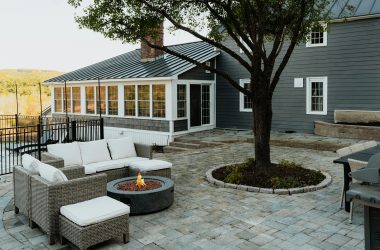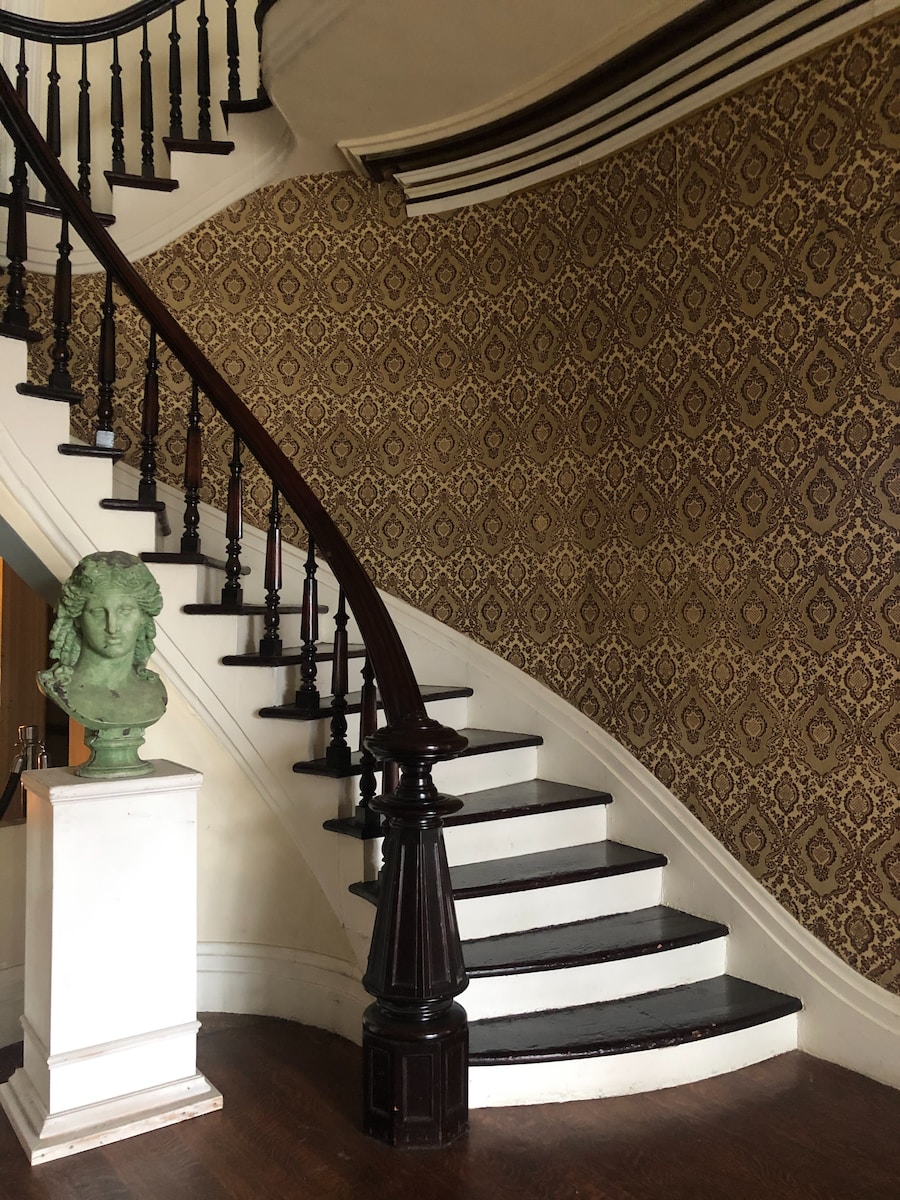Last Updated on: 22nd November 2023, 02:46 am
Staircases are a fundamental architectural feature in many homes and buildings, serving both functional and aesthetic purposes. While they may seem simple at first glance, a staircase is a complex structure composed of various parts, each with its unique role in providing stability, support, and safety. In this comprehensive guide, we will explore the different components that make up a staircase and their functions.
Treads
Treads are the horizontal surfaces that you step on while ascending or descending a staircase. They provide a stable platform for your feet and must be designed to withstand the weight of users. Treads are typically made from various materials, including wood, stone, concrete, or metal, depending on the staircase’s design and location.
Risers
Risers are the vertical elements that form the front of each step, creating a barrier between each tread. They help prevent accidents by reducing the chances of tripping and provide structural integrity to the staircase. The height and depth of risers are crucial for safety and comfort, with building codes regulating their dimensions.
Stringers
Stringers are the inclined, diagonal members that support the treads and risers, forming the sides of the staircase. They play a vital role in distributing the load and maintaining the overall stability of the staircase. Stringers can be constructed as a single piece (closed or solid stringers) or as individual pieces on each side (cut or open stringers).
Balustrade
The balustrade is the system of railing, balusters, and newel posts that encloses the staircase and provides safety and support. Balusters are the vertical posts that support the railing, and newel posts are the larger posts located at the beginning, end, and corners of the balustrade. The balustrade can be made from various materials, such as wood, metal, glass, or a combination, and it often contributes to the staircase’s visual appeal.
Handrail
The handrail is a horizontal component that runs along the length of the balustrade, providing a handhold for users to grasp while ascending or descending the stairs. It offers stability and support, enhancing safety. Handrails come in various shapes and materials, but they must meet specific height and grip requirements set by building codes to ensure accessibility and safety.
Newel Post
The newel post is a substantial, often decorative, post that serves as a central support element at the beginning and end of a staircase or at its turns. Newel posts anchor the balustrade and handrail and can be highly ornate, adding character to the staircase’s design.
Winders: Winders are wedge-shaped treads that allow a staircase to change direction without a landing. They are commonly used in spiral or curved staircases to save space while maintaining functionality. Precision in winder design is critical to ensure user safety and comfort.
Landing
A landing is a flat, horizontal platform between flights of stairs or at the top and bottom of the staircase. It provides a resting place for users and facilitates changes in direction or access to different levels within a building. Landings must adhere to specific dimensions and safety regulations.
Nosing
The nosing is the rounded or protruding edge of the tread that extends slightly over the riser. It serves both functional and aesthetic purposes, preventing users from tripping and adding a finishing touch to the staircase design.
Tread Bracket
Tread brackets are structural elements that provide additional support to the treads and can be hidden or exposed, depending on the staircase’s design.
Brackets and Fasteners
Various brackets and fasteners, such as screws, bolts, and anchors, are used to secure the staircase’s components together, ensuring stability and safety.
Finish and Trim
The finish and trim elements, including paint, stains, or decorative elements like mouldings, are applied to the staircase to enhance its appearance and protect the materials from wear and tear.
Understanding the different Staircase Parts and their functions is essential for architects, builders, and homeowners alike. Whether you’re designing a new staircase or renovating an existing one, each component plays a crucial role in creating a safe, functional, and aesthetically pleasing stairway that complements the overall design of the space. Proper construction and adherence to building codes are essential to ensure the staircase’s durability and safety for all users.





